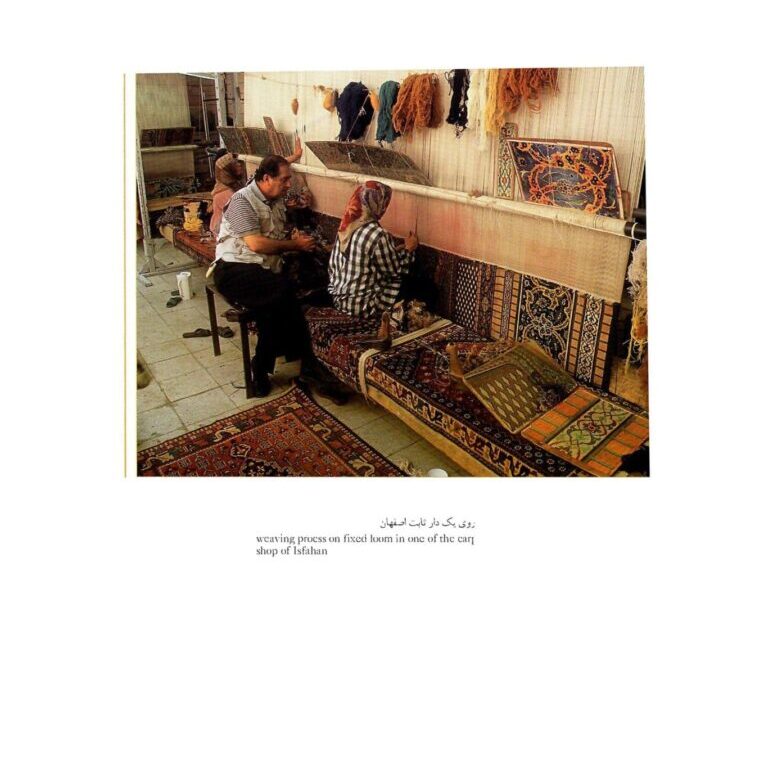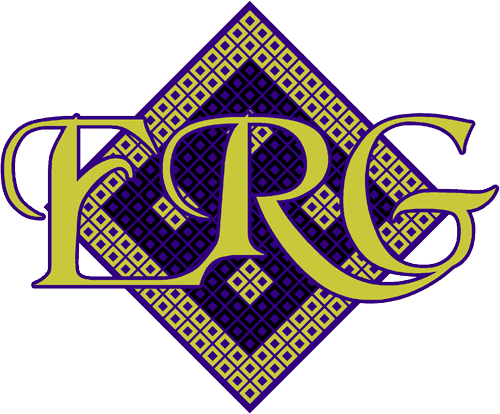Although there are several references in the holy books and ancient manuscripts to the first efforts of mankind at weaving, there is no evidence that such references apply to the pile rug.
What little is known of the origins of the pile rug is based on suppositions, nevertheless according to scientific and historical studies, we can assume that pile weaving had a nomadic origin.
Early European researchers believed that the ancient civilizations of Egypt and Assyria were the cradles of carpet weaving in the ancient world. Evidence to support this conclusion was found in the Torah in the chapter of Higira (Emigration of Israel). In a description of tent decoration there is mention of a carpet, and also in the scone columns remaining from Shina Nazares the second, in which the patterns of two carpets are engraved. These theories are disputed by the discoveries of the well-known Russian archaeologist Professor S.J. Rudenko. In 1949, Professor Rudenko began an excavation in Pazyryk (in the Altai Mountains of Siberia). Amidst the frozen combs, he discovered a piece of pile carpet. This rug, which was thought to be the oldest pile-knotted rug was woven probably at lease five centuries BC. The size of the rug is 200 x 183 cm. In the centre there are a few rows of scars with four points, which relates it to various objects excavated in Lorestan (east of Iran).
According to historical references and similarities of design woven into this rug, which resemble those seen in Persepolis, one can relate the weaving to the Achaemenian dynasty. At present this rug is kept in the Leningrad Museum. There are several different suppositions about the origin of this rug.
Professor Rudenko himself believed that the rug was made by the Medes (170 BC -226 AC) or possibly ancient Parthians. Schurman, a respected researcher of carpet art, believes that the Pazyryk rug was woven in Azerbaijan (in north west of Iran). Another researcher, Dimond, believes that the Pazyryk contains figures of Assyrian and Achaemenian (330-553 BC) culture, that its origin is Iran. Other respected experts have different opinions on the Pazyryk’s origin.
Ian Bennet believes that with more than 3500 kilometers distance between the Altai mountains and the borders of Iran, the probability that this carpet was the work of Iranian weavers is very remote. Ian Bennet, in his book entitled Rugs and Carpets of the World, stresses that the art and technique of carpet weaving originated in East Asia among the Mongol tribes. He believes that from there it migrated to Eastern Asia and Iran. An important period in the history of carpet weaving came during the reign of the Sassanid dynasty in Iran (224-641 AD). Magnificent Persian carpets won international acclaim and were exported to distant lands. One such splendor, was a large sized carpet in the audience hall of the palace of King Khosrow of the Sassanid dynasty at Ctesiphon, depicting a formal garden. The brocaded rug with silver and gold threads with jewels was named “Bahare-Khosrow” (spring of Khosrow).
In 641 AD, the Sassanian dynasty was overthrown by the Arabs and the country conquered for Islam.
During the campaign against the Arabs for restoration of Iranian independence, fine arts especially rug weaving, revived. Azarbaijan, Fars and Khorasan developed as main centres for carpet weaving.
The Seljuk Turks invaded Persia in 1037 and took possession of a large area in the northwest of Iran. They brought their own culture into this area, adding it to that already existing in Iran. The mixture of Turkish and Persian cultures had a great impact on the carpet weaving of that era. No carpets of this area are known to have survived.
There is believed to be some similarity between the carpets woven in Iran in that era and those woven in south Asia and Turkey.
Some samples of these have been discovered in the Ala-ed-din mosque in Konya (Turkey) which at the time was the capital of the Seljuk empire.
The Mongol armies of Ghengis Khan occupied Iran in 1220. According co some historical evidences the summer residence of Ghengis Khan was decorated with valuable carpets made in Fars.
Timur (Tamerlaine) occupied Iran in 1380; Timur was himself a Mongol and descendent of Ghenghis Khan.
During the period of Timur and his son Shah-Rokh (1408-1446), chinese art influenced Iran’s fine arts and many basic changes occurred in that period.
Many different motifs such as leaves, ivy blossom, different kinds of mushrooms, mythical birds and palm trees were introduced. Dragons and animals such as deer, wild cats, and other mythical creatures were inserted into the Iranian designs.
This article is from the book “The Persian Carpet” by M Javad Nassiri

